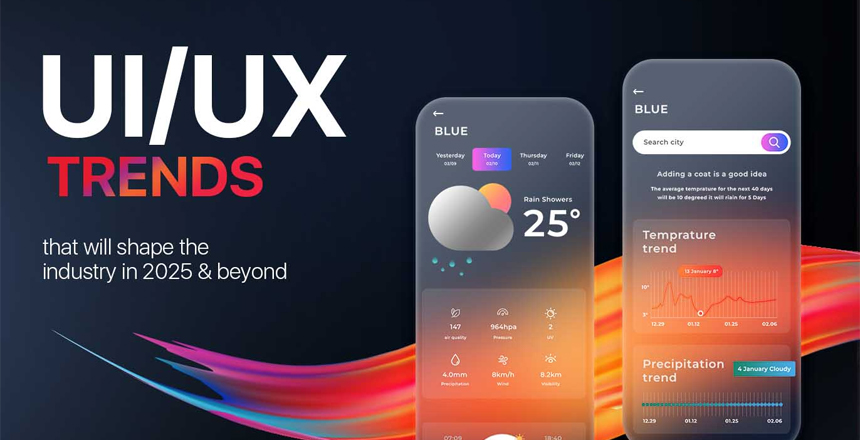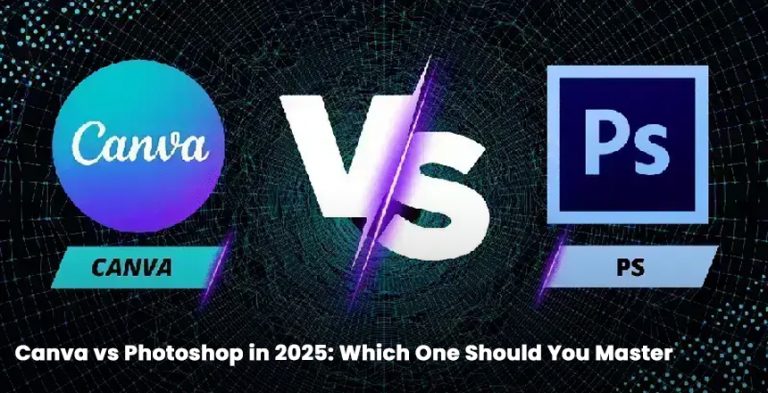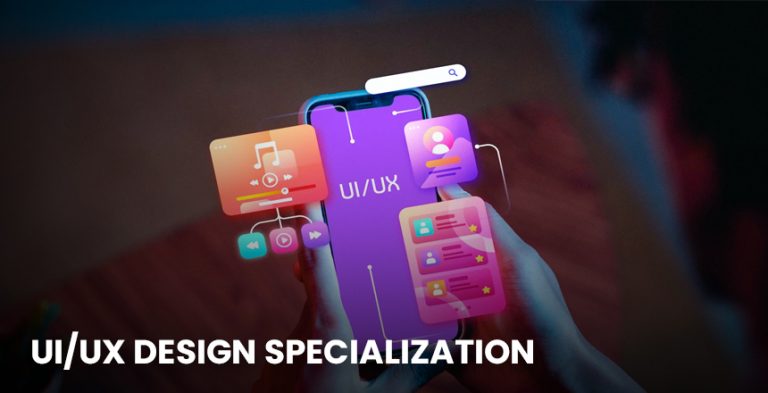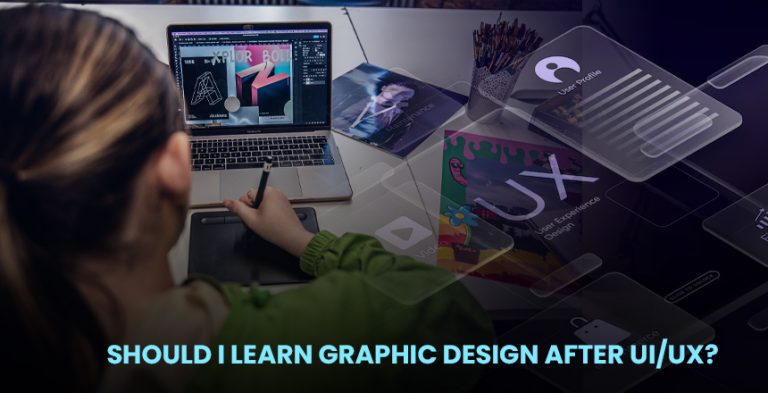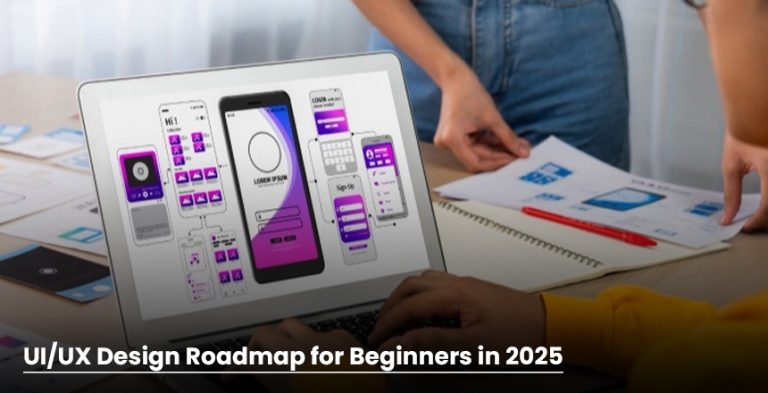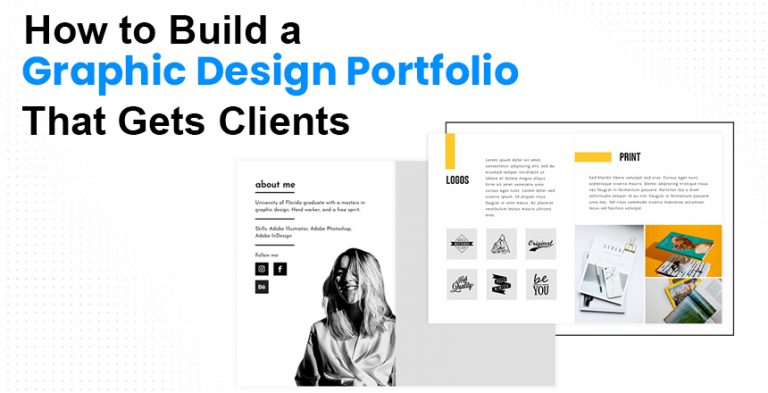In the current highly-digitalised society, the UI/UX design becomes highly important to the usability of websites or any digital platforms and applications. Increases in technology and demands by users mean that design is no longer about appearance, it is about the functionality and that feeling that a design gives to a person. The year is 2025; we are experiencing an immense change in the priorities of the UI/UX and trends are going toward the individual, the accessible experience, and an immersive one.
At IFDA (Institute of Finance & Digital Accounting) we think that keeping ourselves abreast with such trends is the golden ticket to being a designer of tomorrow. As a beginner or a current employment professional, the IFDA design courses can arm you with the skills that are seeking production in the field of design and make you fit to meet the current trends that dominate the design world.
As some might say, what are the UI/ UX design trends by 2025 and what can IFDA do to help you develop competencies on the matter?
Micro-Interactions Micro-Moves, Macro-Differences
Micro-interaction is a small design detail such as animation when you press a button, a typing indicator in a chat, a loading effect of a file. These are becoming savvier and are user-aware in 2025. They facilitate orientation of the users in tasks as well as increasing the feedback and the liveliness of the interface.
How to plan and design meaningful micro-interactions using Figma, Adobe XD and interactive prototyping tools is taught in UI/UX training offered by IFDA to produce a better digital experience.
AI-Driven Personalization
Personalization is optional no more but it is expected. As AI tools are getting further available, interfaces are available in apps and websites that adjust to preferences in user-specific ways. By 2025, the user behavior and habits can be the determining factor of everything, even the way an app or an application is designed or its colors theme.
The new curriculum offered by IFDA teaches students to combine user data, learn about the nature of behavioral design, and handle tools capable of augmenting AI and make personalization easier.
Voice Gesture Interfaces
With the increasing use of smart speakers, wearables, and AR/VR, the user does not need to tap and click on their devices. New problems are emerging with voice commands, gestures and facial recognition posing new problems to designers.
IFDA exposes students to designing voice applications, natural language conversing interfaces, and gesture models of user interfaces to make them a step ahead of the technology in the future workplace.
Neumorphism 2.0
The trend of neuromorphism is changing. The soft-shadow, glassy designs used above are currently being combined with contact standards. Neumorphism 2.0 integrates practical depth and high contrast and visibility into one design aspect, which is appealing and easy to the eyes of the user.
In IFDA, students have real world experience in designing visual systems of stylishness to functionality within the context of contemporary techniques and feedback loops.
Sustainable Ethical UX
Good design now includes the digital sustainability that is central to its fundamentals. Fast loading, low energy and minimalist design which lessens screen fatigue is of great value in 2025. Ethical UX also makes sure that an app does not manipulate the user and the data is not misused.
In its course, IFDA focuses on ethical aspects of UX and so learners have knowledge on how to create interfaces that do not take up time, attention and privacy of users.
Design that Includes and is Accessible
It is not optional to be accessible. There is a rising concern among users with disabilities or neurodiversity, and that is why in the future the UI / UX design in 2025 is based on the provision of inclusive experiences, such as high-contrast interfaces, screen reader compatibility, text resize ability, and keyboard controls.
Students graduated by IFDA are prepared with WCAG (Web Content Accessibility Guidelines) and inclusive design skills, which makes them industry compatible on the first day.
Immersive Interfaces/ AR/VR
AR and VR are finding great use in education, retail, real estate and healthcare. The new technologies require a new type of interface which operates in the 3D and real-time.
By bringing the intelligence of the AR/VR design into the IFDA, students of the course will be able to grasp the basics of the immersive UI and interaction patterns, which in the future will enable them to apply to futuristic working positions in the area of metaverses.
Scroll-Telling and Movement Design
One of the more active UX trends currently is scroll-telling (or storytelling using scroll). When it is executed properly, it will bring drama, context, and a flow to the user journey. Websites are now responsive to any scroll prior to scrolling in and out of images, in addition to having animations and layering of storytelling.
Design curriculum of IFDA teaches motion design and students also understand how to design animated transitions as well as scroll-based effects to create life to the stories.
Bold Fonts In Minimal UI’s
The minimalism still remains king, however, a select few designers are combining it with aggressive and expressive typography. Brands are made out of big type, custom fonts and interactive text. It is not only about beauty it is about visual hierarchy and readability.
Through Adobe Fonts, Figma, Canva work tools, IFDA assists students in learning about the study of typography design, font psychology, and practices in reading.
Dark Mode Version 2.0
The dark mode is getting improved with even gradients, rich blacks and automatic switching between themes depending on lighting or time. Performance, good looks and comfort, that is what 2025 will be about.
The institute trains the students on the concepts of designing light/dark themes, and the students are therefore informed of how to work in designing layouts that will be user friendly in any given environment.
Why UI/UX? Why IFDA?
IFDA offers education on design in matters that relate to the industry and is hands-on. In our UI/UX design course, we will have:
- Hands-on projects
- Figma, prototyping tools, Canva and Adobe XD
- Design approach Design
- Job-oriented training
- Placement and internship support
We do not also leave behind current design trends, technology and tools and that is why our curriculum is updated with the current trends.
Conclusion
UI/UX design in 2025 is livelier, diversified and participatory than before. Whether it is smart personalization, micro-interactions, AR/VR, and ethical design, the trends above show one thing only – great design is all about empathy and innovation.
And this is the best time to begin or even advance your career in designing. You should take up UI / UX Design Course by IFDA and be a designer who will compete to create a world of meaningful digital experiences tomorrow.

